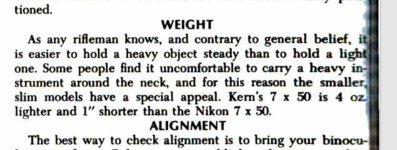With advancing years my hand and arm stability when holding a camera has decreased. I use an Olympus E-M1 Mkii with good IS but am finding that, especially with longer lenses such as the 40-150 the unsteadiness may be beginning to override the IS of the camera. I wondered therefore if a heavier camera body would help stabilise my handheld attempts - my physics knowledge not quite being up to abstract calculations. Some of the newer cameras are now being reported as having equally good IS as the Olympus.
I really don’t want to change systems if I don’t have to but this issue is only likely to grow, I guess.
I would be grateful for any insights or views.
I really don’t want to change systems if I don’t have to but this issue is only likely to grow, I guess.
I would be grateful for any insights or views.


